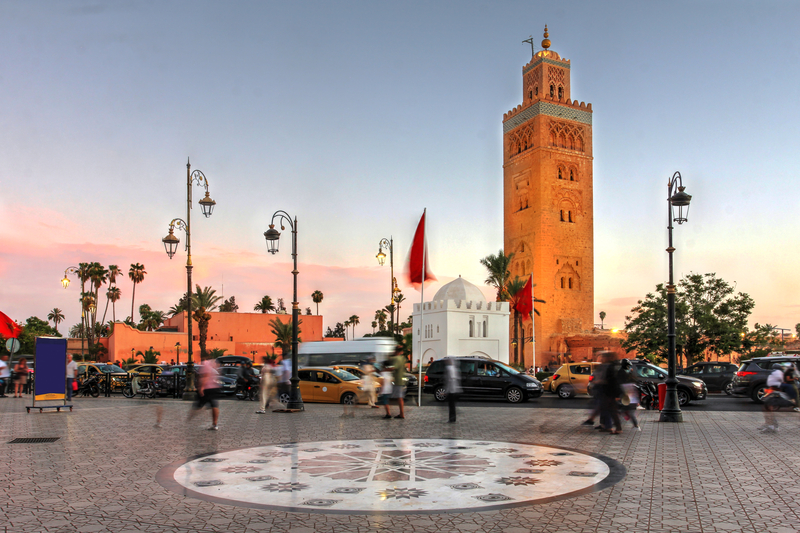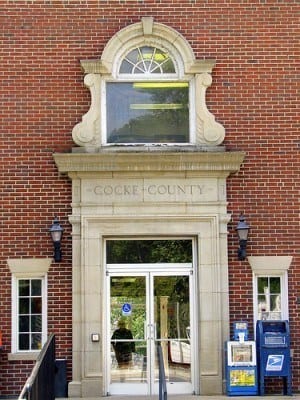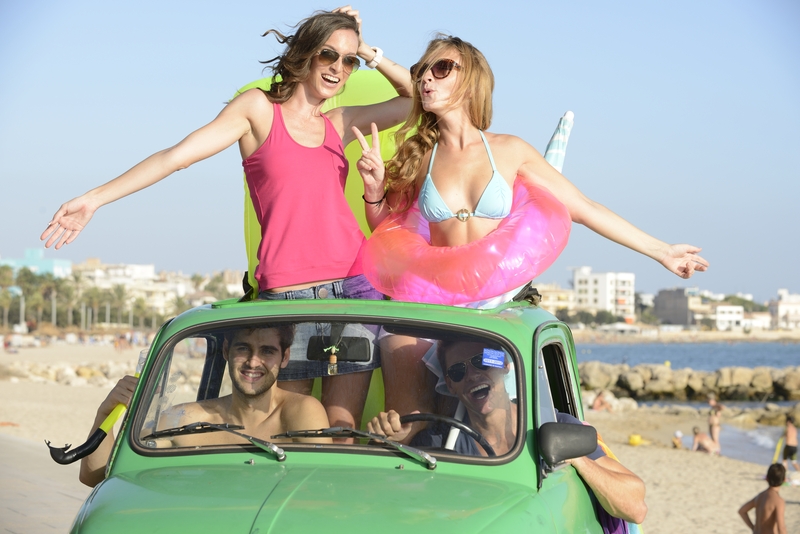
The alluring and mountainous western North African country of Morocco is known as a crossroads for Europe, Africa, and the Arab world. Officially the Kingdom of Morocco, its modern Arabic name al-Maghrib translates to the land of the sunset/the west. And that alone should speak to its charm. Morocco’s capital city, Rabat, rests along the shores of the Bouregreg River and the Atlantic Ocean. It isn’t too far from the country’s more well-known city, Casablanca, that has the highest population of 3,950,410 as of 2024. Rabat is also just a 3.5 hour train ride to Marrakech, another popular tourist destination. All three urban hubs are home to Morocco’s top universities. Given the country’s prime location, they bring in an incredibly diverse student population.
Morocco offers a vibrant and buzzing student life as a well-established centre for higher education. Marrakech’s Cadi Ayyad University has ranked consistently through the years as one of Morocco’s best performing universities. Notably, the oldest is Al Quaraouiyine in Fes that first opened in 895. Now over a thousand years old, it is one of the oldest universities in the world. Most courses are taught in English or French, and degrees that specialise in these languages are therefore popular across the different institutes.
Quality of Life
Moving to a new place can be daunting, but some come with elements to their lifestyle that make it easier than others. In Morocco, you’ll find that it isn’t all that difficult to navigate your way around. Public transport such as buses, taxis and trains are there to get you where you need to be. Along the ride, look outside your window to admire the stunning views of the temperate and colourful cities. Morocco’s very affordable cost of living is also a big plus for students. Rent will differ across the cities, but you’ll find that there are apartments off campus from $200-$800 a month. Meals at top-quality restaurants can be around $25. Morocco has an extensive farming industry, and as a result, its fresh produce will often be locally-sourced and on the much cheaper side.
On your weekends take a short trip to Casablanca. Wander around the famed city Humphrey Bogart’s classic movie by the same name was set. Or take on the can’t-miss hike up the Atlas Mountains. The mountain range runs along the north of Algeria, from the port of Agadir in southwest Morocco to the Tunisian capital in the northeast. It’s here that you’ll find snow in a climate that rarely drops below 62°F during winter times anywhere else.
Experience the Culture
The capital of culture and history in Morocco is its famed city of Fes. Fes stands as the world’s only intact medieval city. It was made Morocco’s first UNESCO World Heritage Site in 1981. To walk along the winding labyrinth of its narrow alleyways is to step into the city’s ancient past. The medina of Fes is also one of the world’s largest car-free urban areas. A prime destination for students to stroll through, needing a weekend getaway from lectures. Visit the countless marketplaces, known as souks, and buy anything from textiles, ceramics and pottery to dried fruit, herbal remedies and spices. A few museums are also scattered around the city for your perusal. These include the Batha Museum, the Nejjarine Museum of Wooden Arts and Crafts, and the Borj Nord.
Negatives
Moroccan cities are busy and densely-populated, so petty crimes such as pickpocketing, drive-by motorcycle theft and bag-snatching are fairly common. Scams such as credit card fraud and fake tour guides offering their services are also common, especially in tourist areas. It’s therefore best to keep vigilant when exploring, and avoid carrying large amounts of cash or valuables.
SEE ALSO: Study Abroad in Cairo















